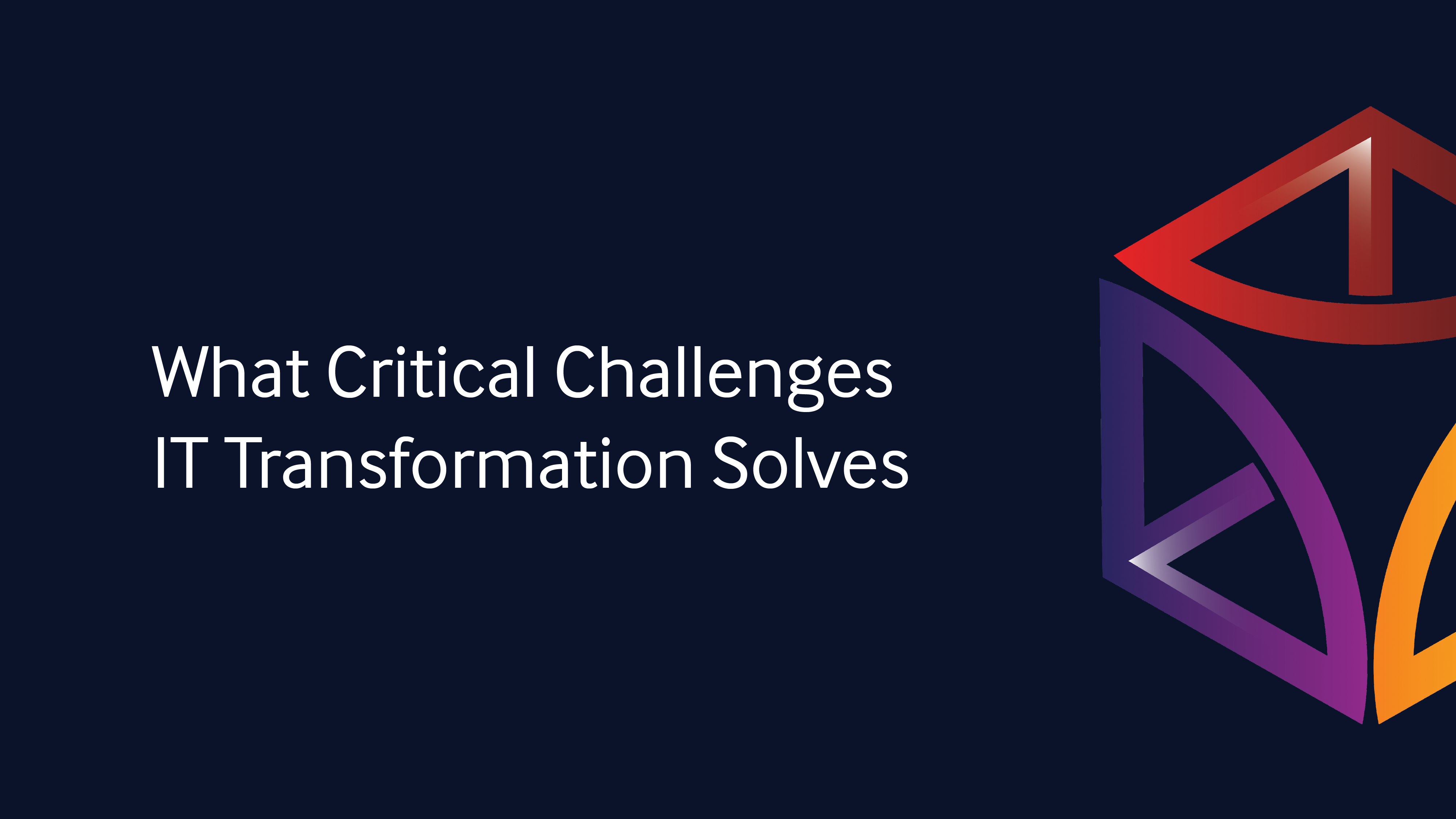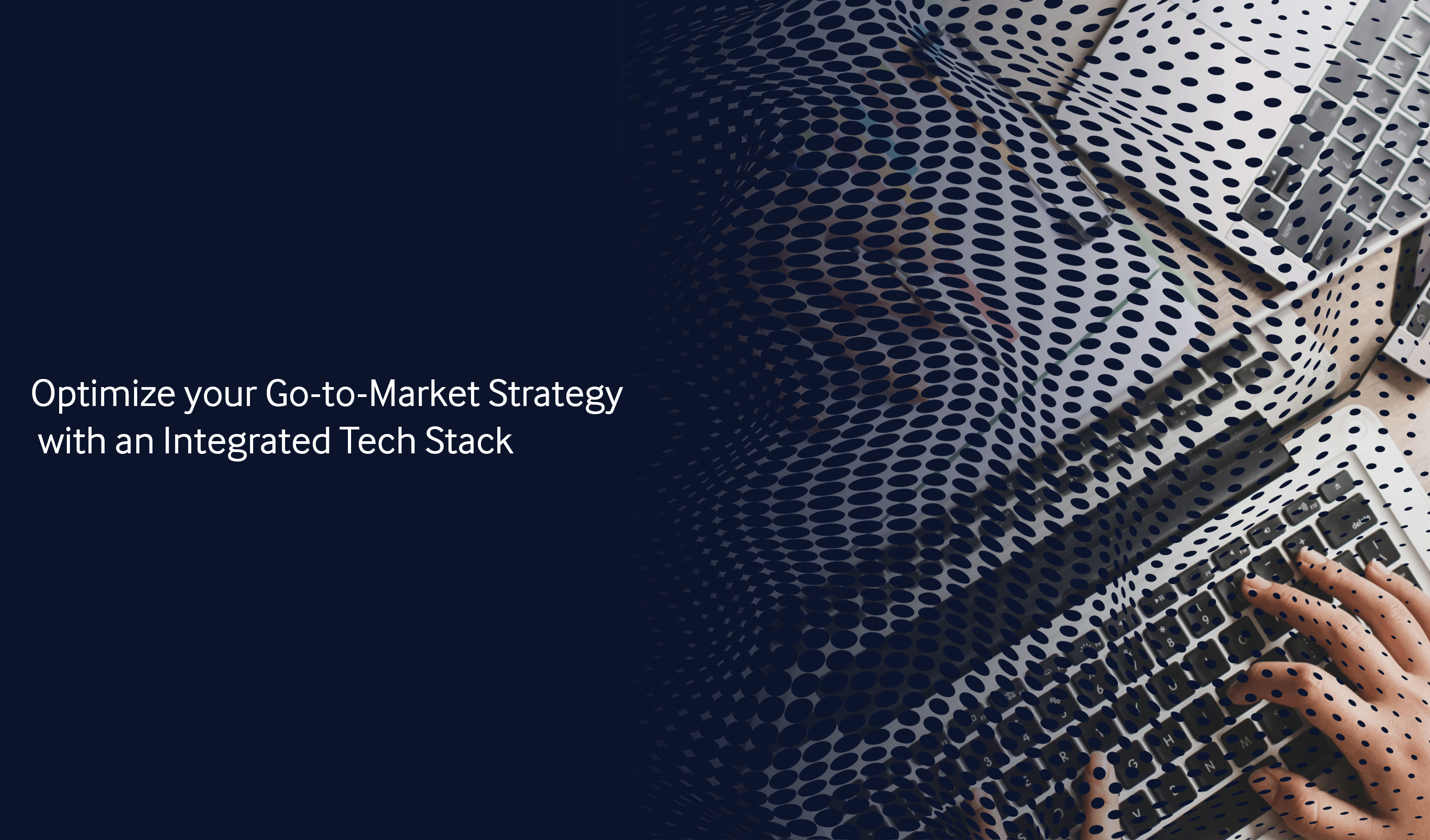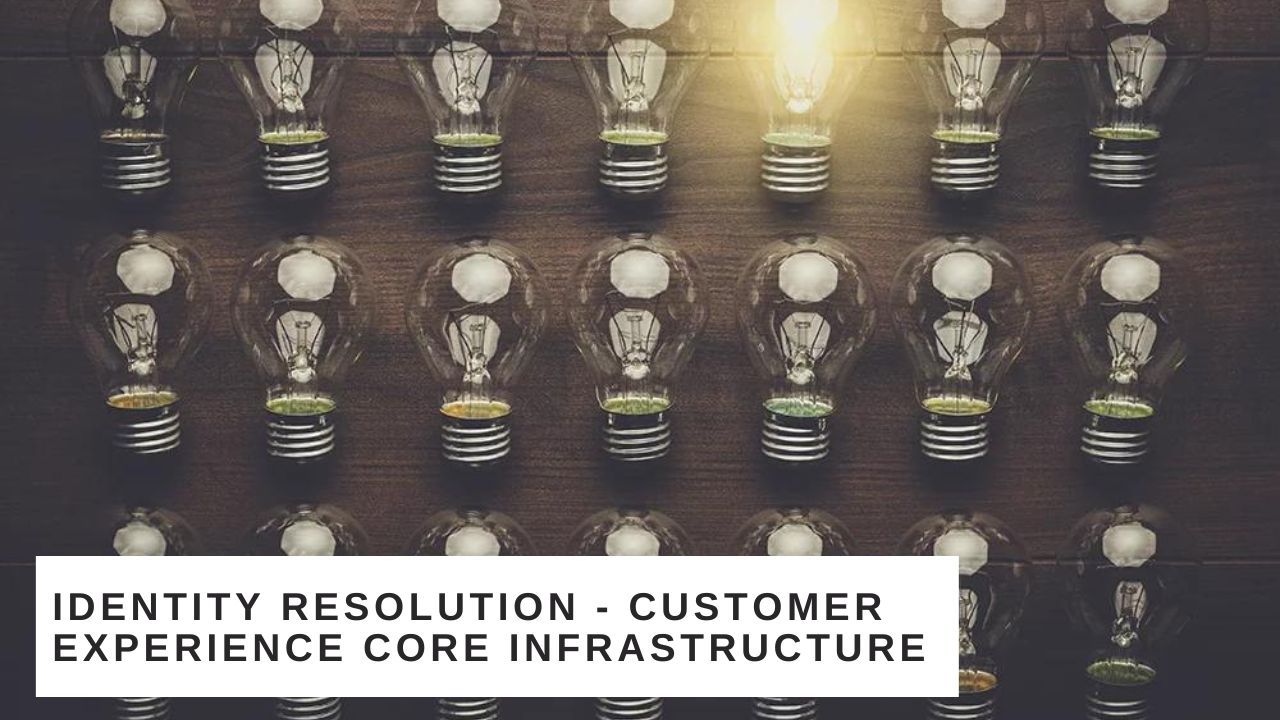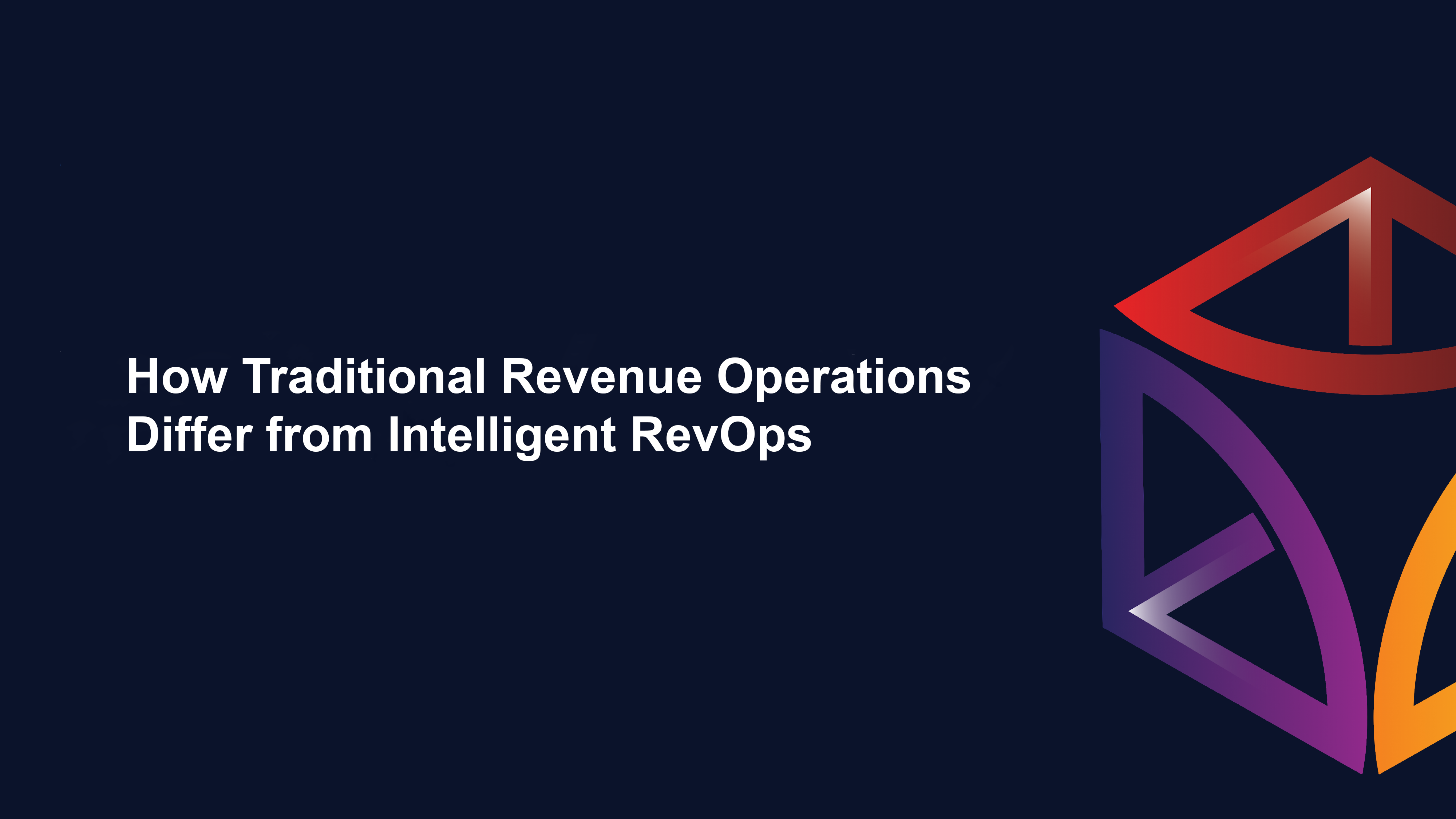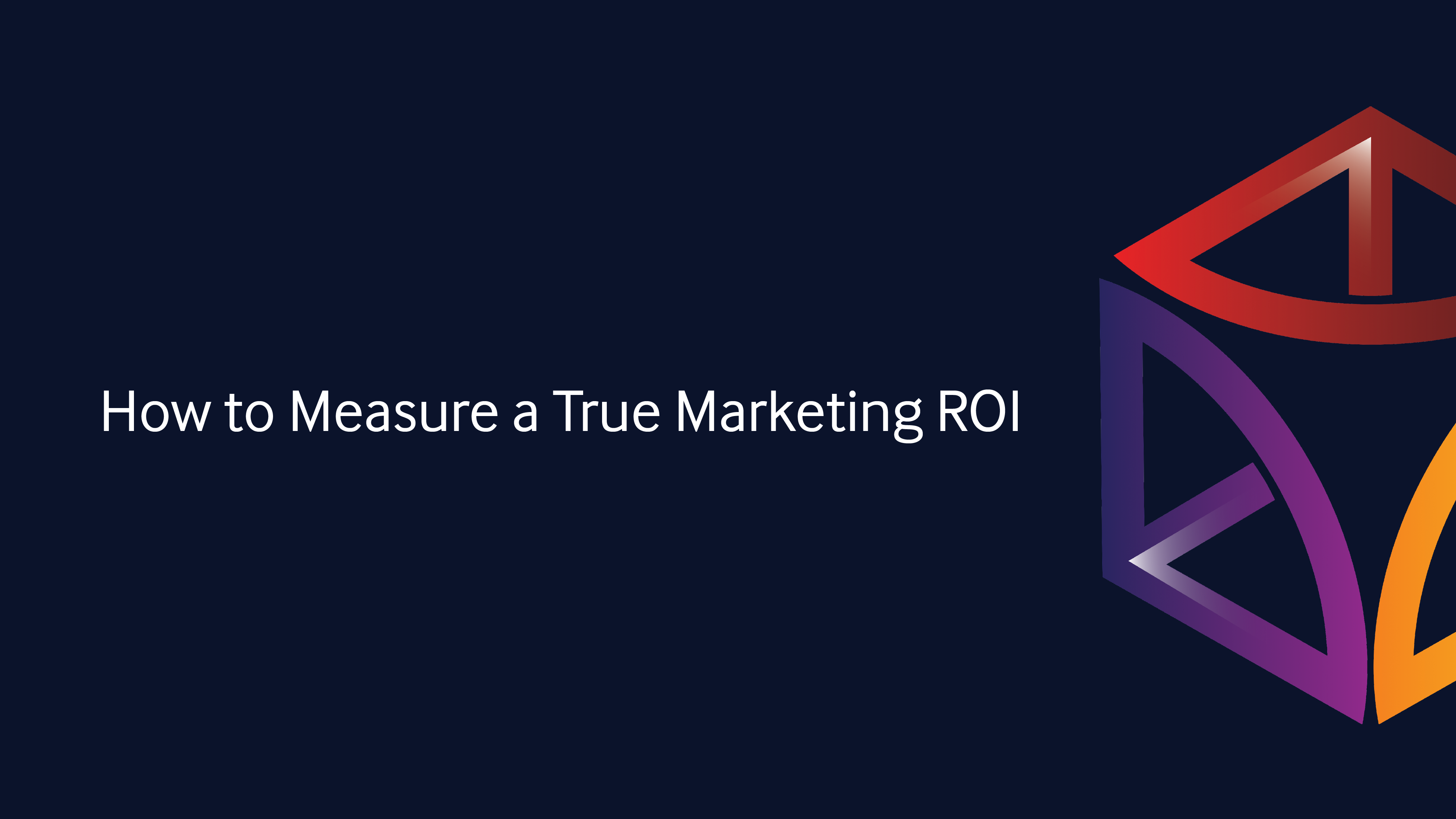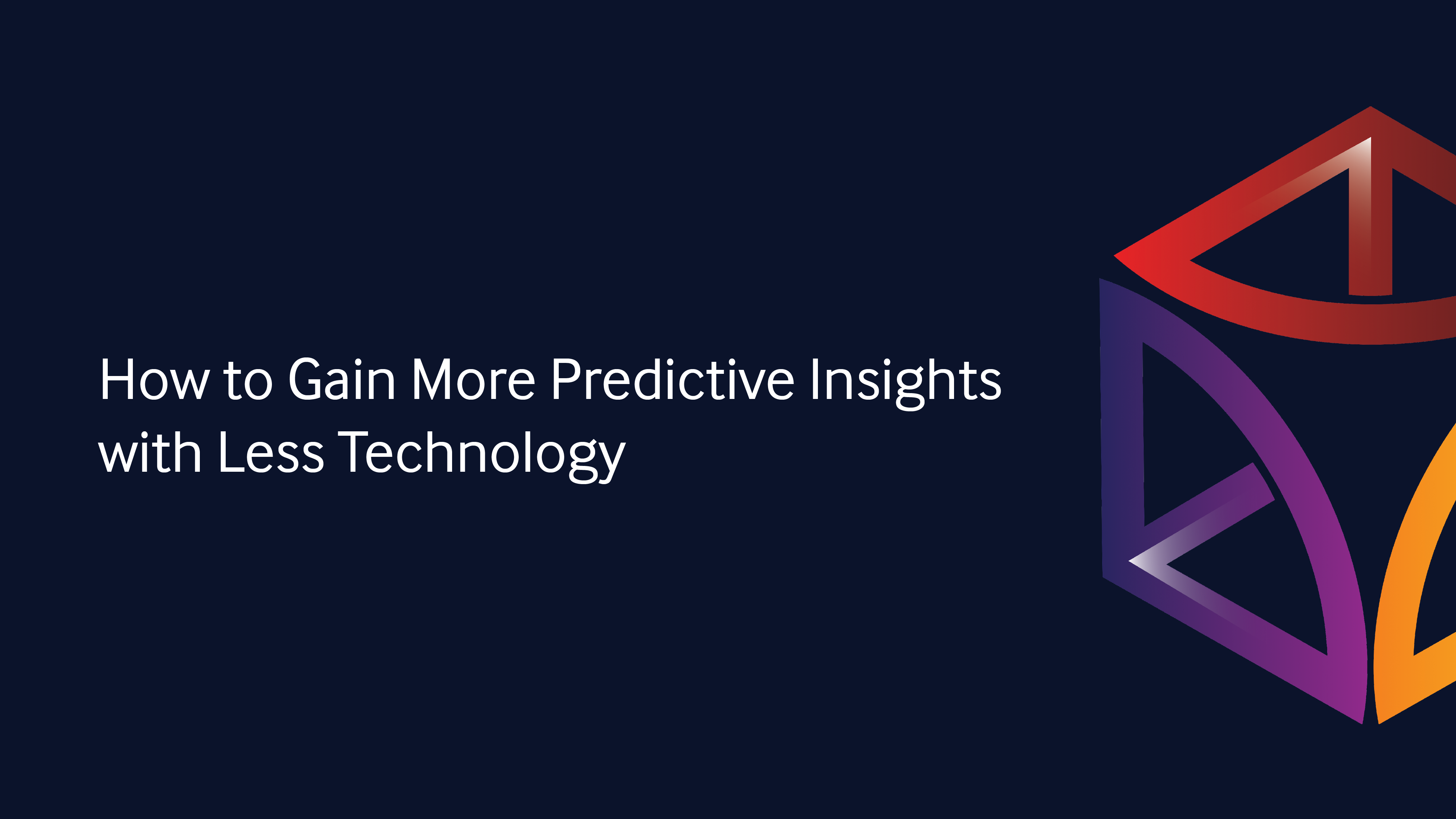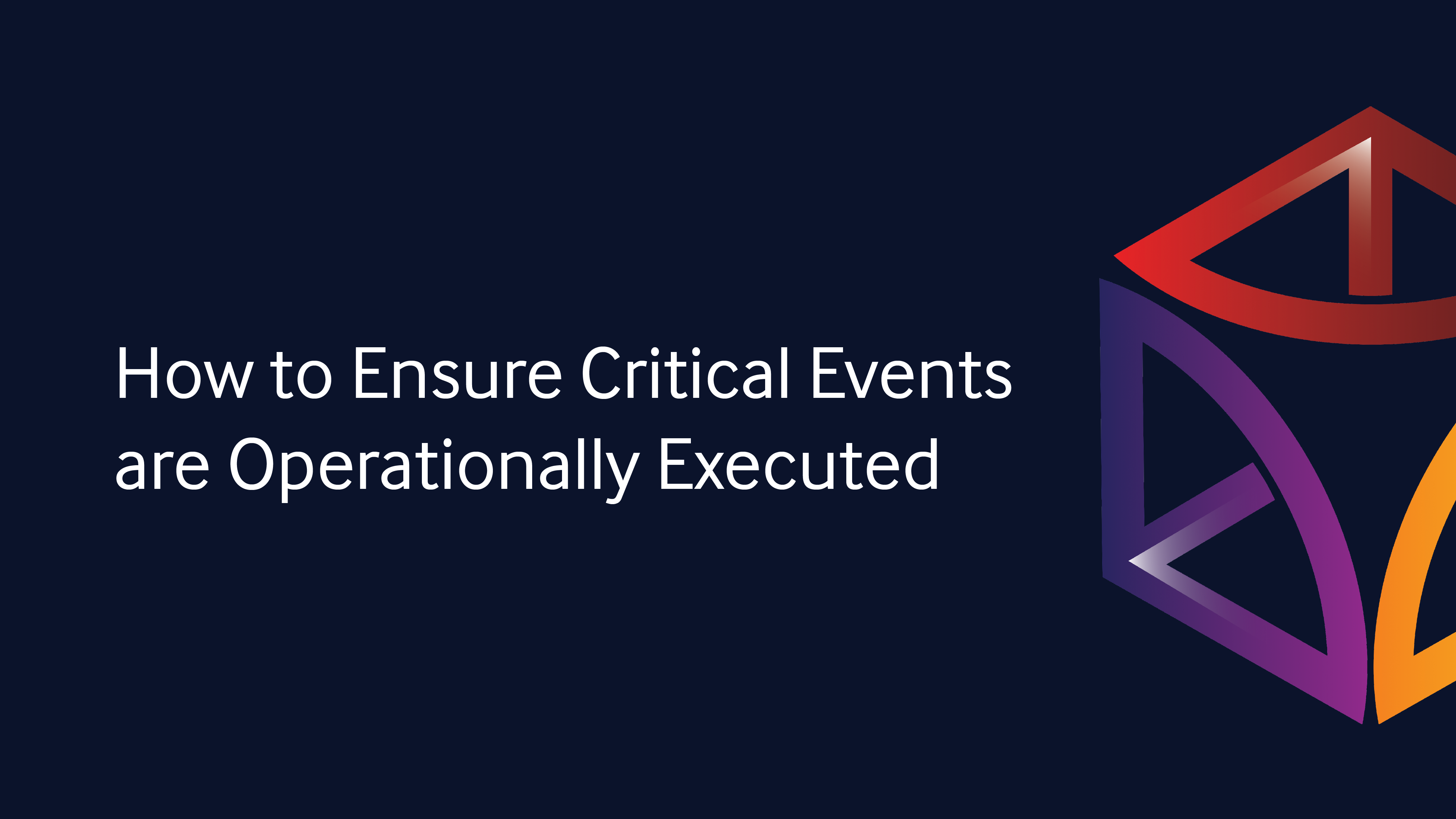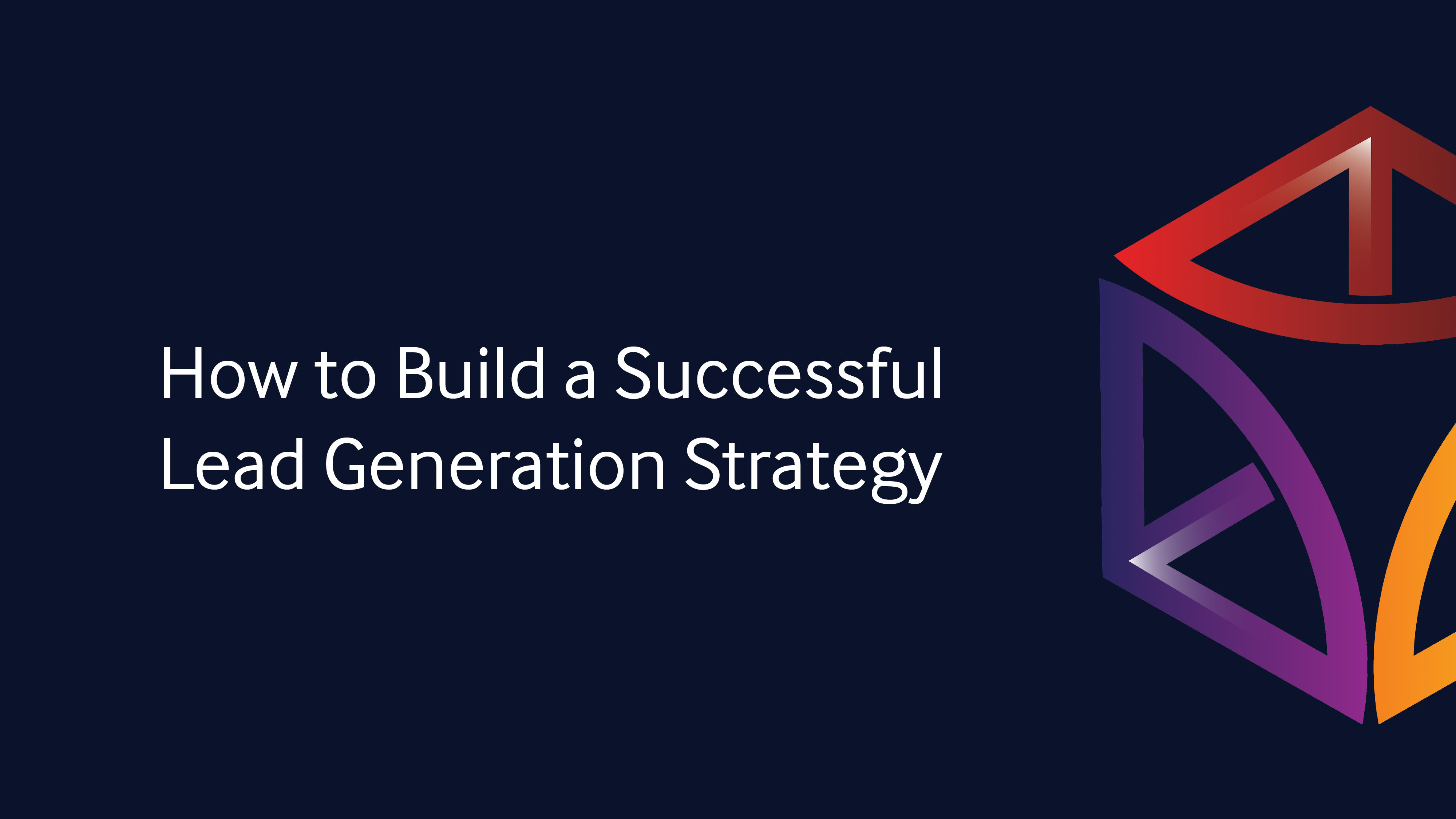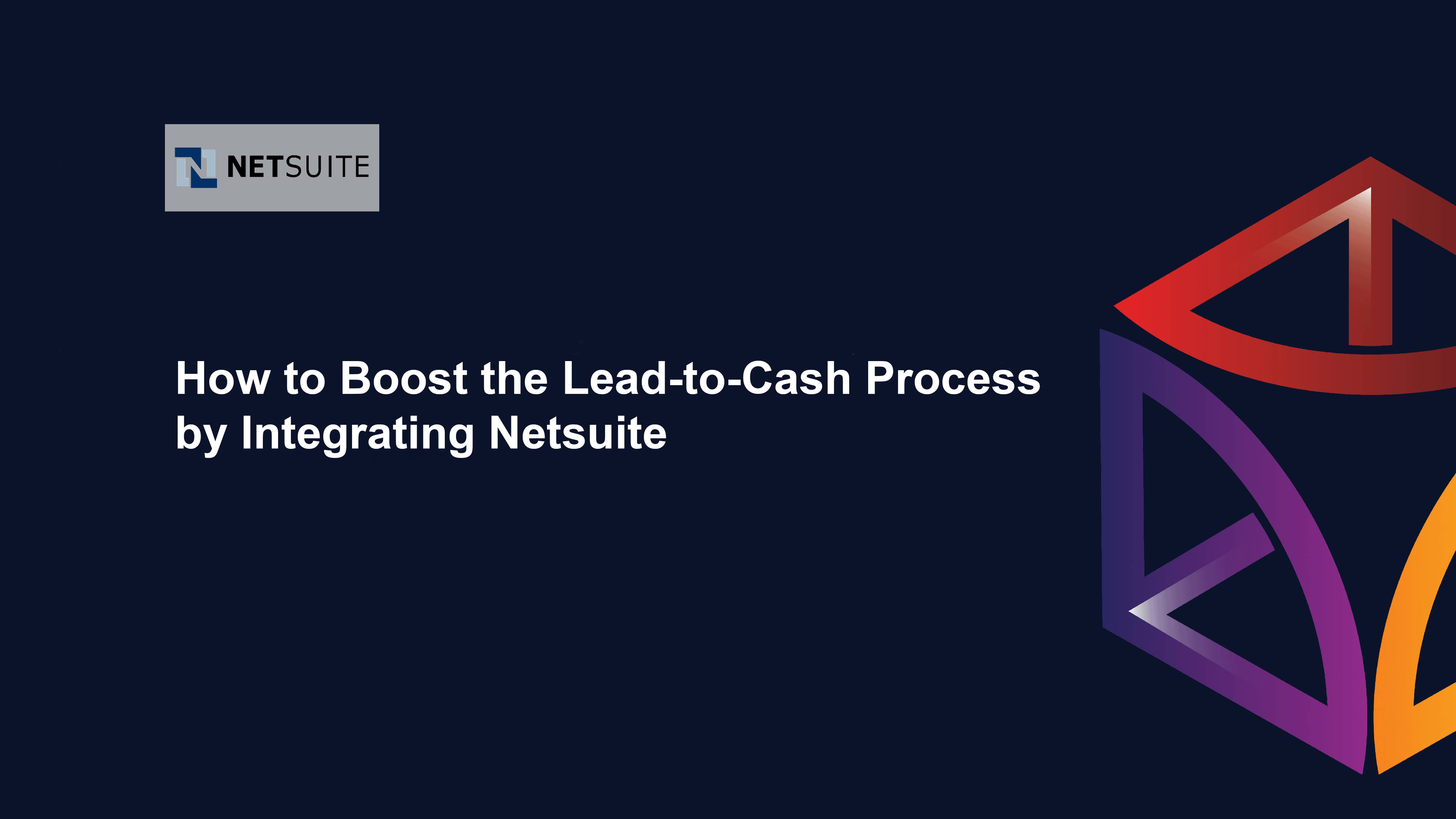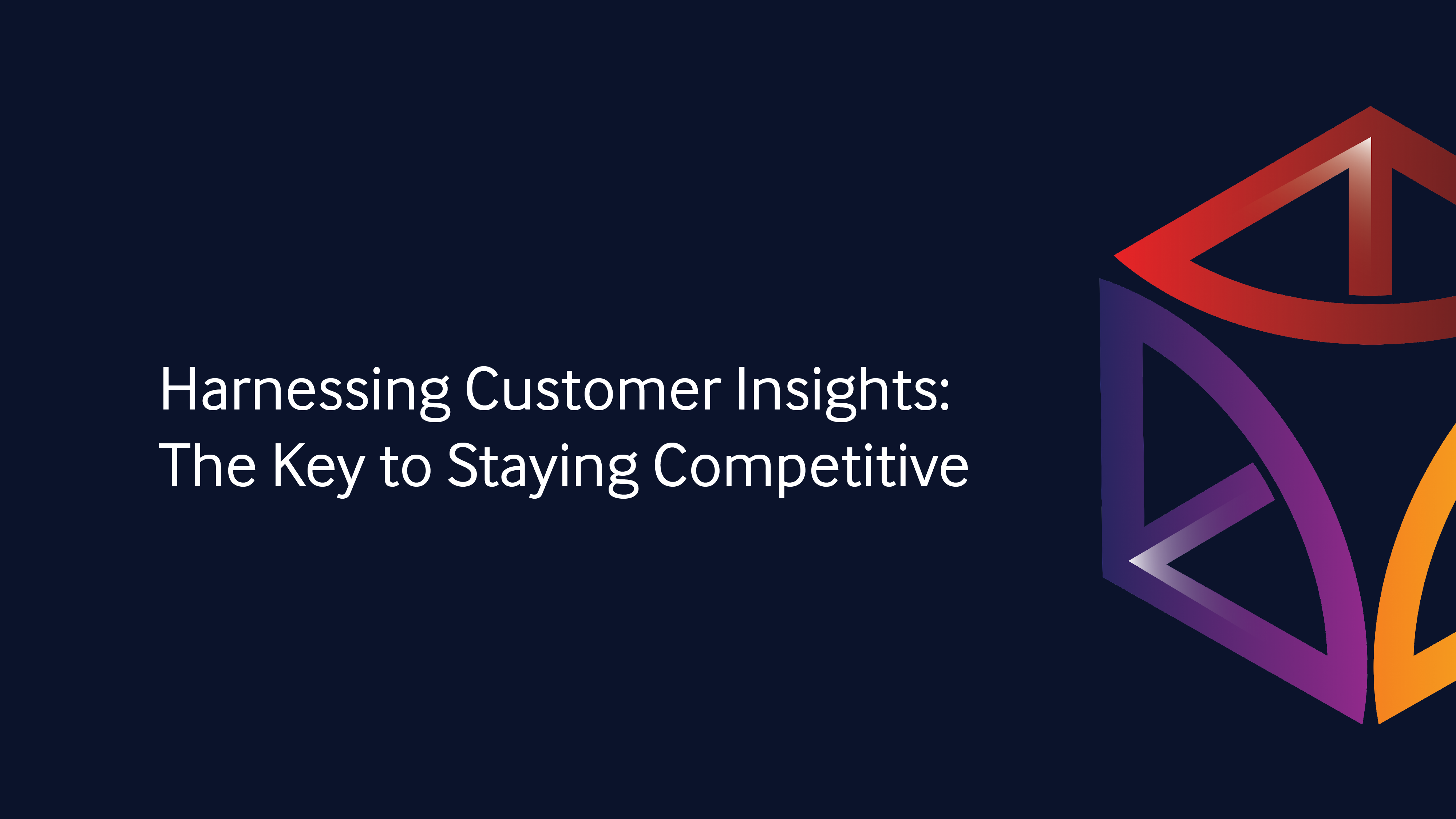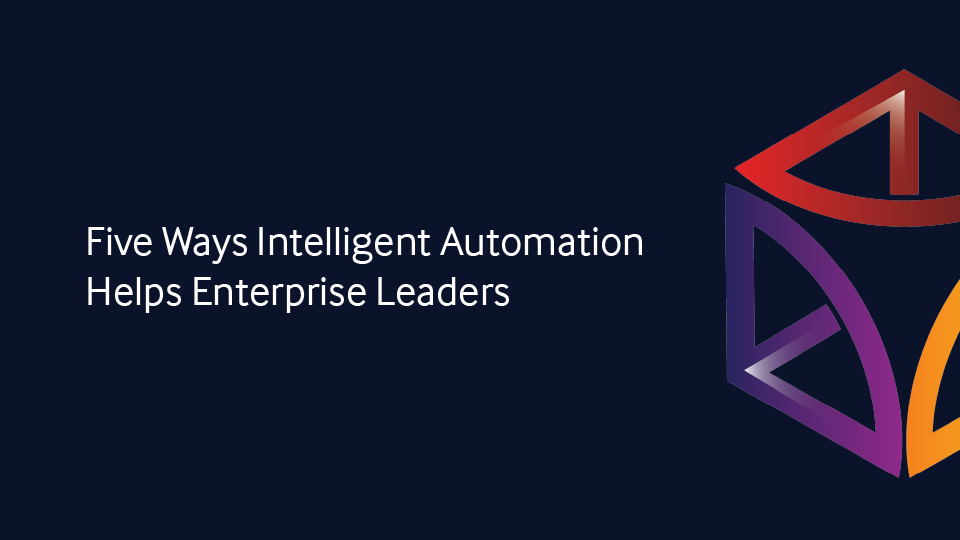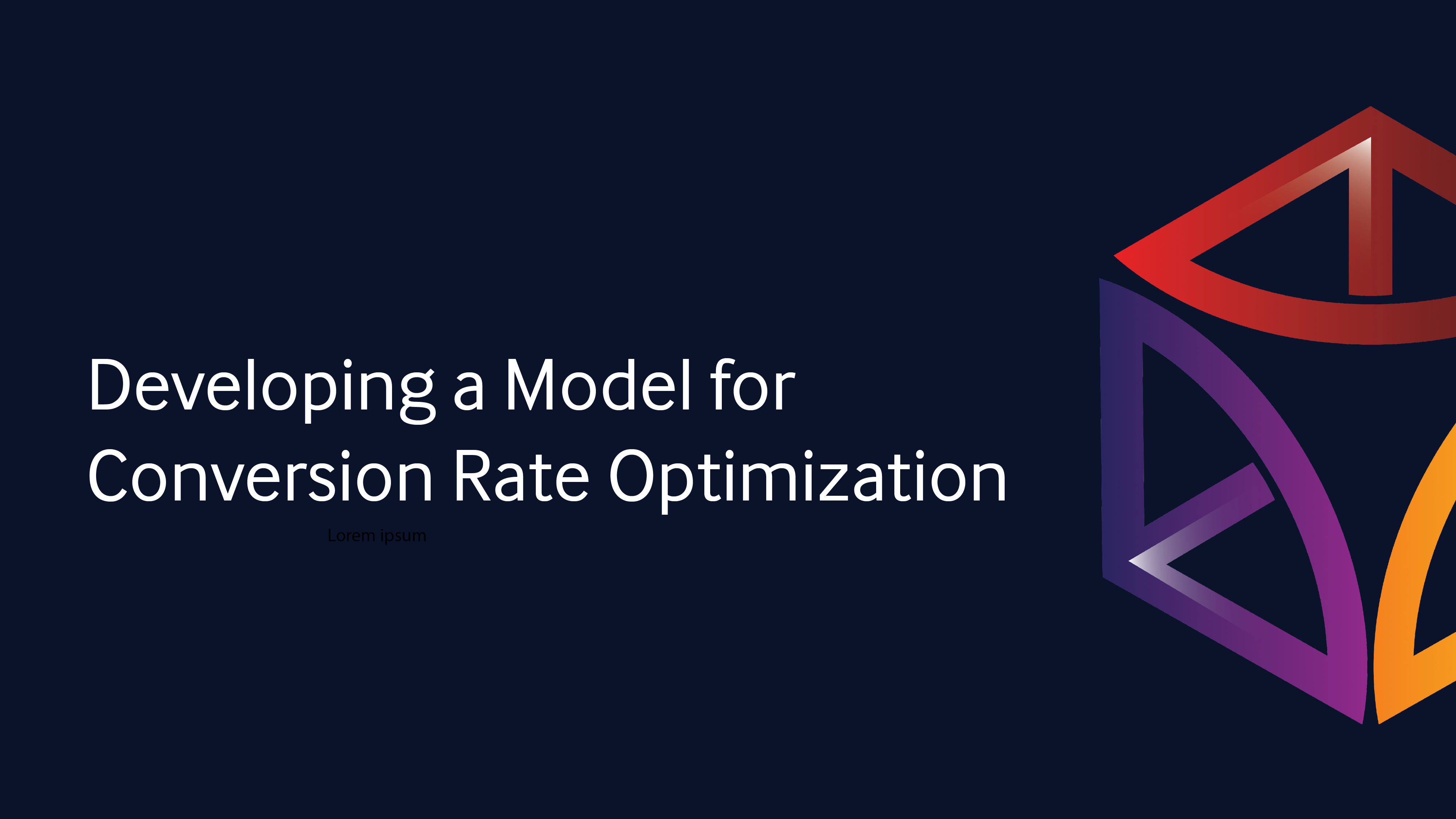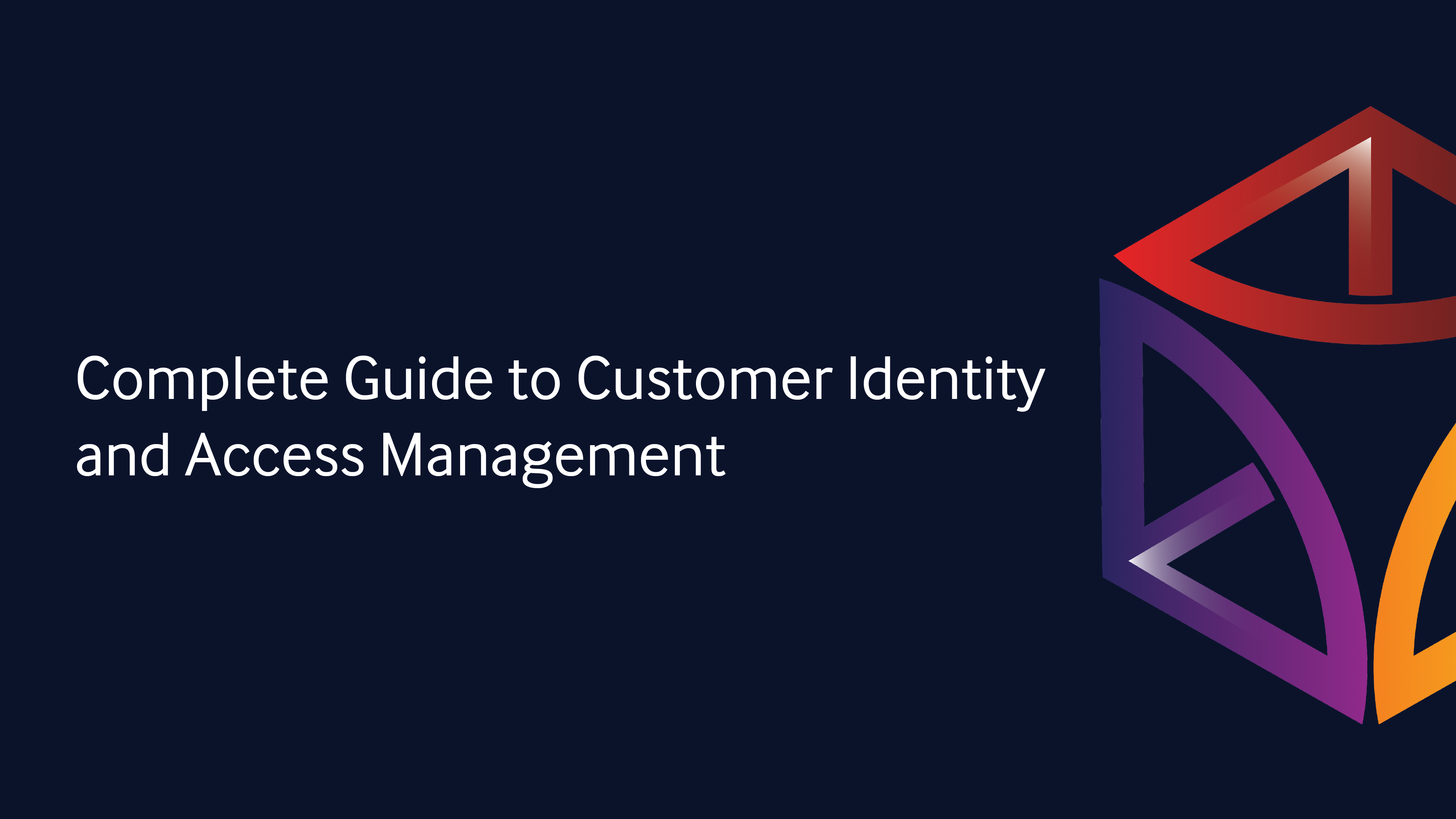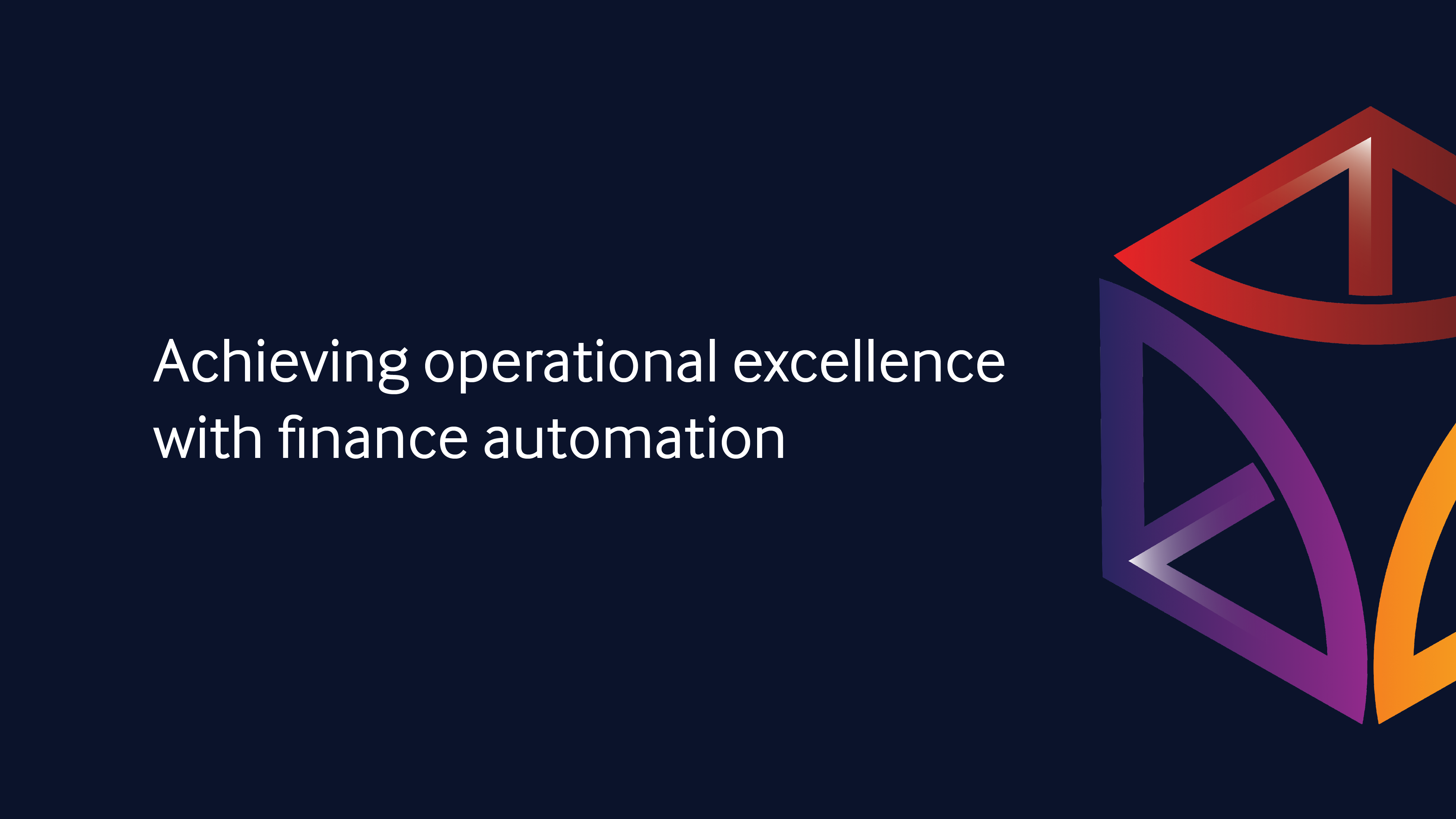

Elsa Petterson
Partner success manager @ Put It Forward
What are customer identity and access management (CIAM)? It is a kind of identity technology enabling organizations to determine what data can be accessed by particular users and what cannot and to use the gathered information to enhance customer experience. In this article, we explore the topic of customer identity and access management and delve into its benefits and features while presenting the best practices regarding CIAM. We invite you to read on.
What’s Customer Identity and Access Management
Customer Identity and Access Management (CIAM) is an identity technology that empowers organizations to effectively handle customer identities, ensuring both security and an elevated user experience. CIAM is fundamentally geared towards helping organizations provide outstanding customer experiences while safeguarding user data security.
CIAM controls user registration, authentication, and authorization, enabling businesses to stay compliant with the strict data protection standards and protect them from data breaches.
Benefits of Using Identity Management Solutions
Digital identity management solutions come with numerous benefits for enterprises, which would otherwise be unable to effectively overview the sensitive information collected on their customer. Look at the list of these advantages:
- Right access for the right people – CIAM systems ensure that users access only as much data as needed and are allowed to. This is achieved through role-based access control – giving users roles and setting their privileges based on them.
- Increased productivity – A customer identity management solution offers a simple interface that makes working in it easy and quick for the employees. Other, more complicated data protection systems include several barriers, which makes working in them much more difficult and thus slower.
- Protection from data breaches – MFA, passwordless authentication, and SSO are just a few of how privileged identity management systems protect the data from breaches. Are they impenetrable? No, but still extremely difficult to hack.
- Data encryption – Most CIAM systems are equipped with data encryption tools, which make data safer – both when it’s transmitted into/out of the organization and when a breach occurs.
- Less manual work – CIAM systems may improve productivity within IT systems as they involve automation of the most common tasks, like resetting passwords for the users. This gives IT departments more time to introduce meaningful improvements to the security of the whole system.
- Improved collaboration and efficiency – Due to their simplicity, customer identity and access management systems make the collaboration between enterprises, vendors, employees, and contractors seamless. Sped-up authentication and authorization procedures make accessing the data swift and reduce the time spent on processes like onboarding.

Identity and Access Management Features
We’ve gone through the benefits, so now we may focus on the features of customer identity and access management solutions:
- Single sign-on – Ensures a uniform login experience for users across various digital platforms, promoting a seamless onboarding process.
- Access management – Assigns specific roles to users within the system, dictating their level of access to both the system and its contents.
- Authentication – Introduces alternative authentication approaches beyond traditional passwords and usernames, including social logins, risk-based authentication, and multi-factor authentication (MFA).
- User profile management – Empowers administrators and users to define their preferences, reflecting the dynamic nature of this field, particularly with the increasing importance of self-service in driving success during the Product-Led Growth (PLG) era.
- Fraud detection – Utilizes a fraud detection engine to assess and mitigate risks, selecting the appropriate authentication method to either grant or deny access.
- Customer analytics – Provides businesses with valuable customer insights by providing and analyzing access to data from various channels.
- Omnichannel support – Ensures customers a seamless and consistent experience across various channels, such as websites, mobile apps, and other digital touchpoints, due to effortless, quick, and safe data transfers.
- Consent and privacy management – Manages consent and privacy in line with the GDPR and CCPA, ensuring full compliance with the law.
Customer Identity Management Best Practices
Finally, knowing what features and benefits CIAM systems come with, we may focus on introducing such a solution in your enterprise. This process has to be well thought out. Therefore, we present you with several customer identity and access management best practices that will help you implement it successfully.
- Adopt a zero trust approach to security – Always authenticate users based on all available data points, use least-privilege access and provide users only with the privilege level they currently need, assume that breaches will occur, and prepare the system to minimize blast radius.
- Identify and protect high-value data – Introduce extensive security measures on the most sensitive information and protect them from potential breaches with the zero trust approach principles.
- Enforce a strong password policy – Passwords are often stolen or hacked; therefore, ensure that your employees with privileged access to the CIAM system have strong passwords that are difficult to break. You may also impose this requirement on the rest of the users.
- Automate workflows – Use the capabilities of CIAM systems to automate as many processes as possible, including password recovery and easier customer support tasks.
- Regularly audit access to resources – To ensure that everything goes smoothly and no breaches occur and to find potential bottlenecks to security that could be improved.
Key Takeaways
Customer identity and access management refers to the tools or systems used to manage customer data. These are designed to enable different levels of authorization and serve the role of the protectors of sensitive information. Additionally, CIAMs may be used to improve the efficiency within a company as they come equipped with automation features and streamline data exchange between employees, vendors, customers, and the system itself.
With a good, secure approach, including a zero trust policy, protecting high-value data, and evaluating the system's effectiveness regularly, a CIAM may help you achieve a new level of data management. Thus, investing in a customer identity and access management solution will prove a reasonable choice.
Did you find this article helpful? Check out our other resources, like Top Digital Transformation Trends in 2024.
Subscribe to our blog
